From Chengdu, it’s about an 8-hour bus ride north through Sichuan province to the Jiuzhaigou National Park.
On the ride, we passed through Wenchuan – site of the massive 2008 earthquake. Four years later, and many of the roads were still nothing but rubble. It was a reminder of the power of mother Earth and her unpredictable movements. The ride there wasn’t all depressing, though, as the scenery in Sichuan is breathtaking; we even saw some yaks hanging out on the side of the road.
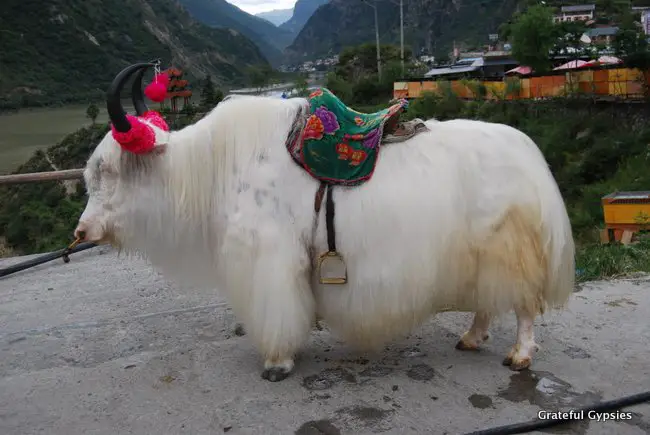
Arriving at the bus station, the first order of business was finding our hostel. While there are a bunch of high-end hotels here, they can be expensive and packed to the brim with Chinese tour groups. As such, we chose to stay in the Antuo Courtyard, a quaint Tibetan style hostel a few miles from the park. That night, we got some dinner in a local restaurant and tried the famous yak butter tea, which was actually really tasty. Then it was time to rest up for a big day of taking in the park.

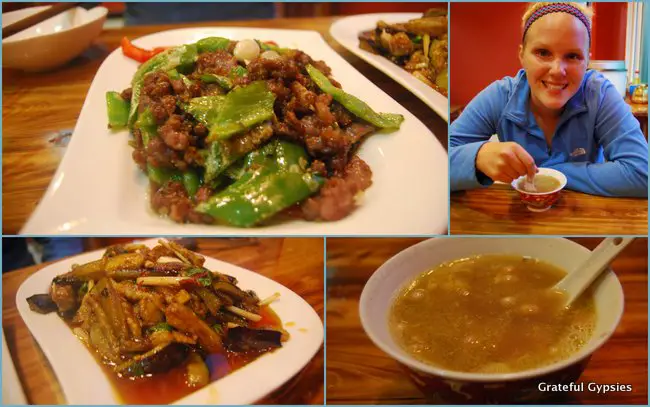
Jiuzhaigou can roughly be translated as “The Nine Village Valley.” The name comes from the nine Tibetan villages that line the length of the park. Locals still call these villages home, but they now rely on government subsidies and the tourism industry for sustenance rather than agriculture. It’s only been a national park since the early 1980s, and it is one of the most popular tourist destinations in China, now attracting more than one million visitors annually. As such, you can expect massive crowds of matching-hat wearing, pushy Chinese tourists on your visit here.

Despite the crowds, the natural beauty of Jiuzhaigou and the Tibetan culture that somehow persists through all of the mass development here make it a place worth visiting. While the eco-buses that runs through the park and the major sights can all get incredibly crowded, the walking paths provide a slice of peace and quiet; most Chinese tourists want nothing to do with walking and are most interested with taking their picture in front of every single sign and point of interest in the park. We rode the bus when we had to, and we followed the path every chance we could. This resulted in a much more pleasant experience visiting Jiuzhaigou.

The park is massive, and it features a variety of landscapes – mountains, lakes, waterfalls, and more. We spent the entire day hiking around the park, admiring the scenery, taking photos, and enjoying the big blue sky and fresh air that we rarely get living in Beijing. We also enjoyed some yak meat noodles for lunch and bought some yak meat jerky in one of the villages.
Enjoy Jiuzhaigou from the comfort of home with our video!
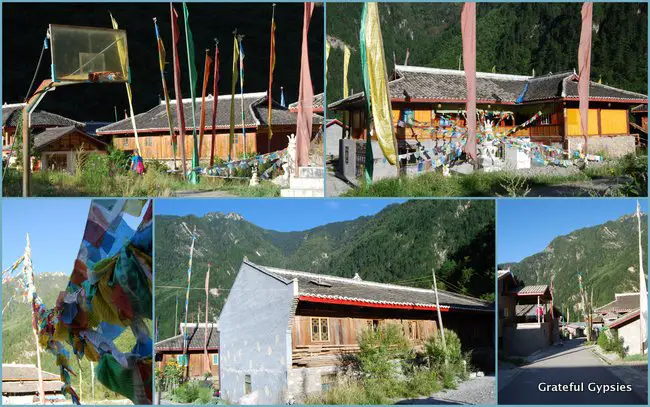
Before heading out of the park, we wandered off the main path a bit and down a road to another one of the villages. With no tourists in sight or any knick-knack shops, it was obvious that this one was much more authentic than the others. A quick stroll around had us receive many smiles and waves from locals, and we wish that we could have stayed a night in one of the villages. Of course, that is not allowed, and there’s no way to stay in the park at all. We were fortunate enough, however, to find out about the newly developed eco-tourism multi-day hikes around the outside of the park, and we signed up to join one. In preparation for the hike, we just relaxed in the hostel that night and got ready for the adventure ahead.
Tibetan villages and culture of Jiuzhaigou.
For lovers of nature, the outdoors, and/or adventure travel, Jiuzhaigou is a place you just have to visit if you come to China. Most people who travel here see nothing but mega-cities like Beijing or Shanghai and never get to experience the natural beauty that is prevalent throughout China. Despite the throngs of pushy tourists that joined us in the park, we thoroughly enjoyed our day in Jiuzhaigou, and staying in the Tibetan hostel up the road was a great place to unwind after a busy day.







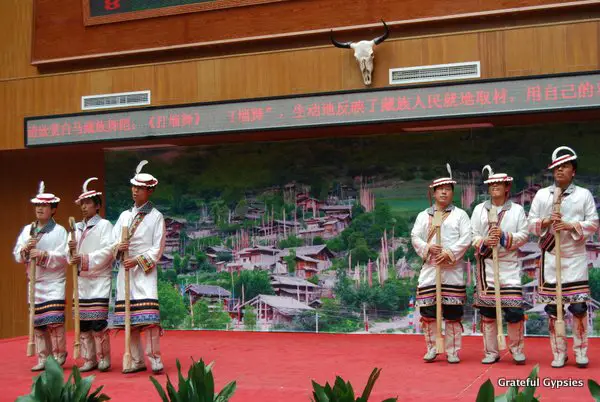







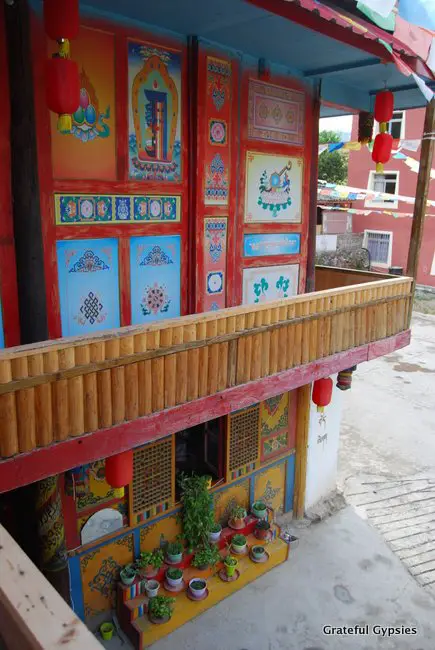

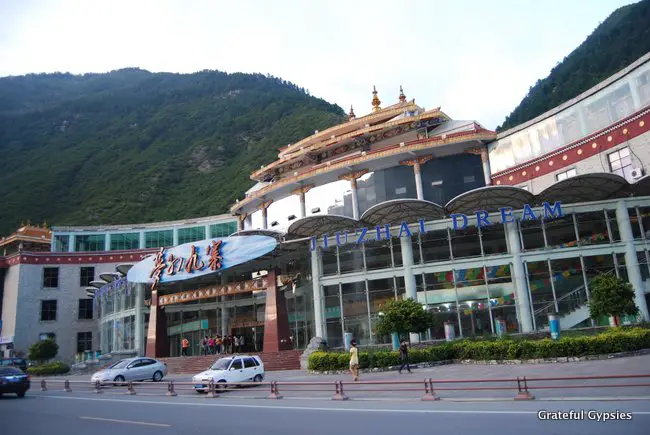
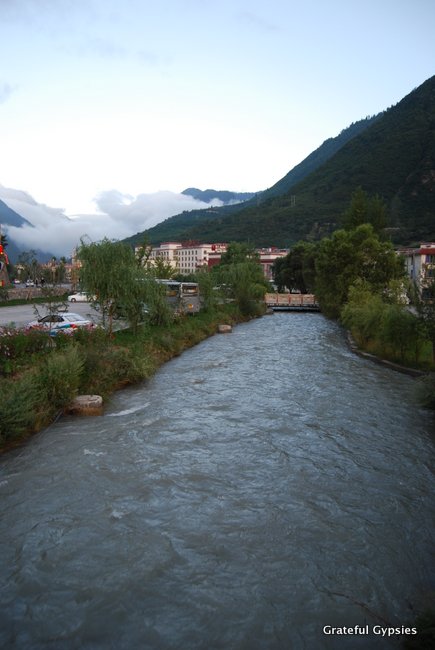

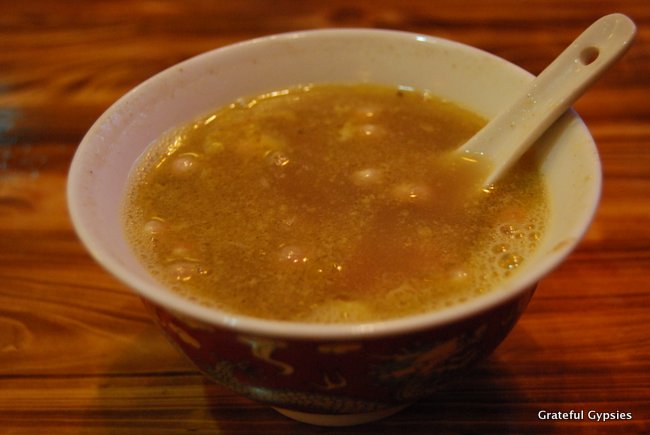














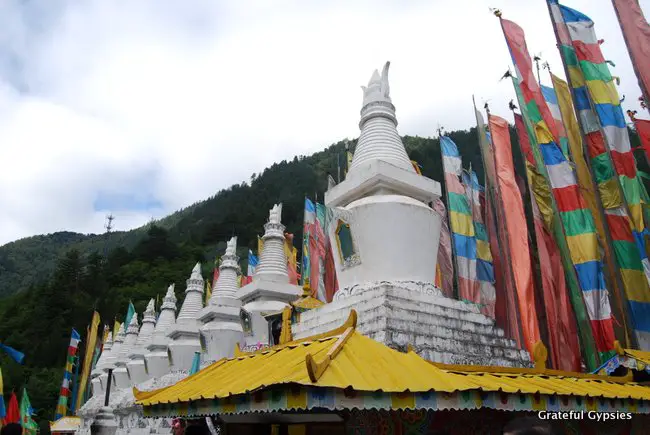






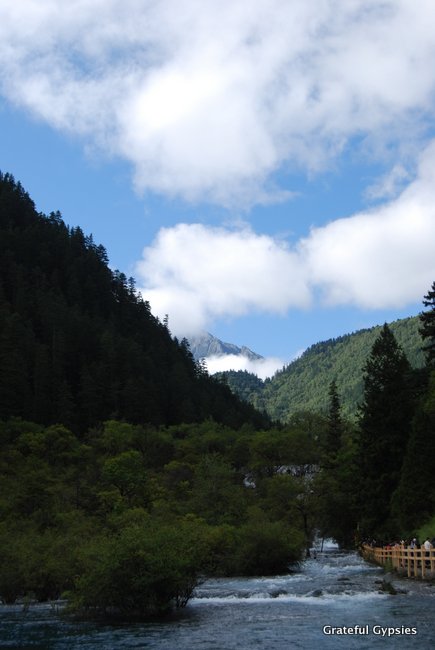


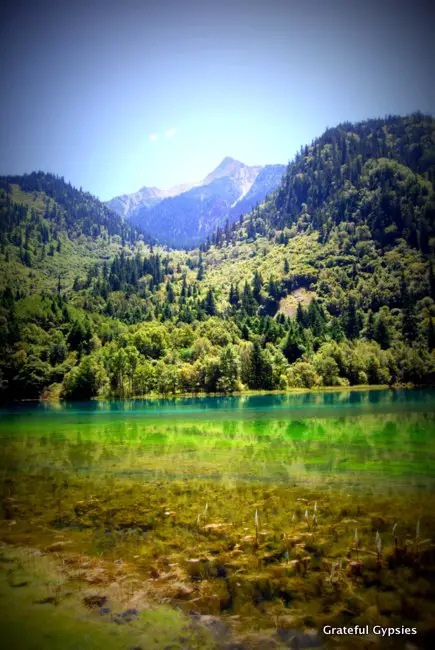


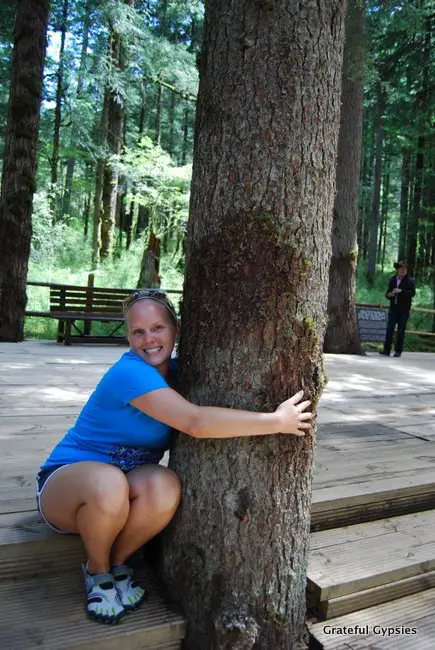




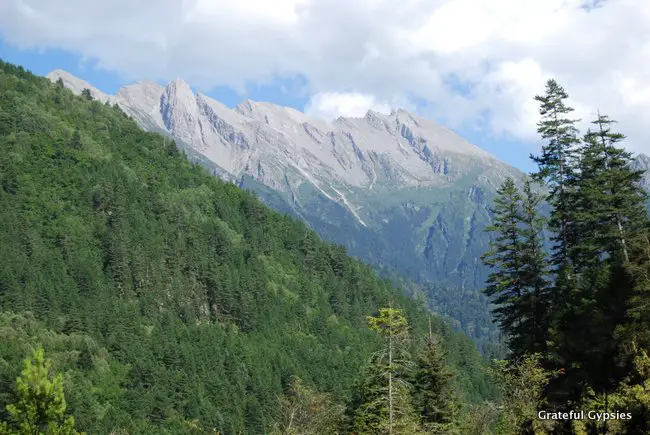








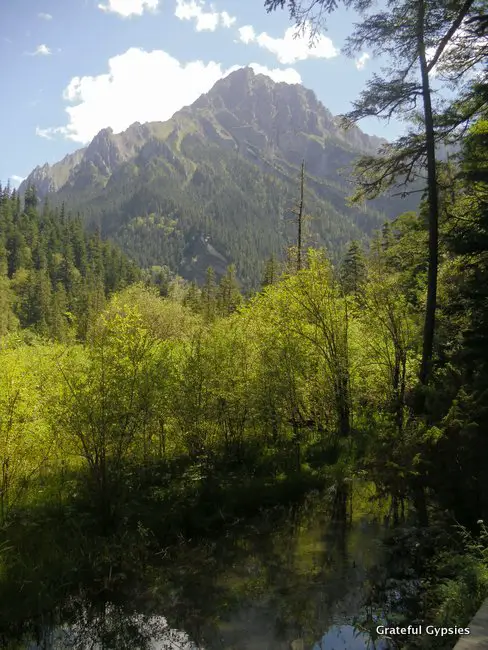

Jiuzhaigou Park Summary

Transportation: We took a bus from the Xinnamen station in Chengdu, which took about 8 hours and cost 130 RMB/person. There’s also an airport not far from the park, with flights to Chengdu, Shanghai, and Beijing. We left on another bus to Huanglong National Park, and eventually flew back to Chengdu.
Get Around: In the area outside of the park, there are a few busses that run up and down the road, as well as local cabs. In the massive park, you have to buy a pass for the eco-bus, which makes stops at all the points of interest. You can also hike a lot of the park on marked paths.
Accommodation: We stayed in the Anduo Courtyard, a Tibetan-style guesthouse that was really colorful and peaceful, with stunning views of the mountains from the roof. Our double room cost about 200 RMB/night.
Activities: Obviously, the main attraction here is the national park itself, which takes at least a whole day to explore and costs about 300 RMB. Other than that, there are shows and BBQ parties in the town every night.
Food/Drink: You’ll find a lot of yak meat out here – yak meat noodles, yak meat jerky, and more. You also have to try the delicious yak butter tea. Don’t expect anything more than watered down Chinese beer here, so bring a bottle of something from Chengdu if you want a drink.
Recommended Time: One day is enough in the park, as you need to buy another entrance ticket if you return. We’d also highly recommend you join in one of the eco-hikes, which come in one, two, or three-day varieties.
